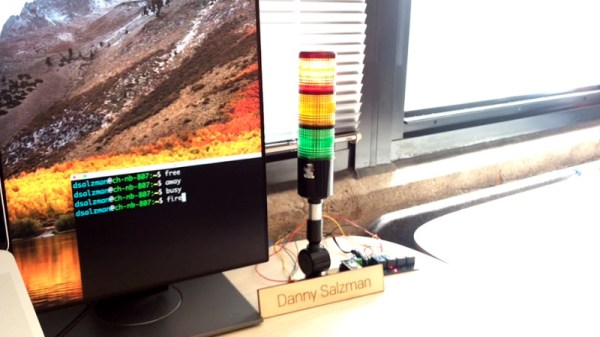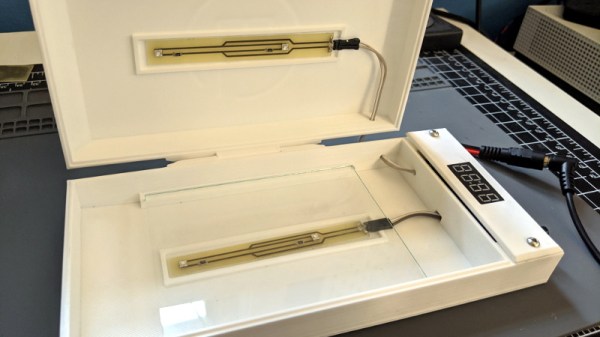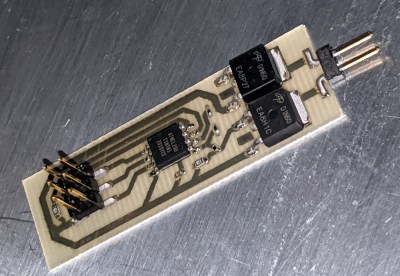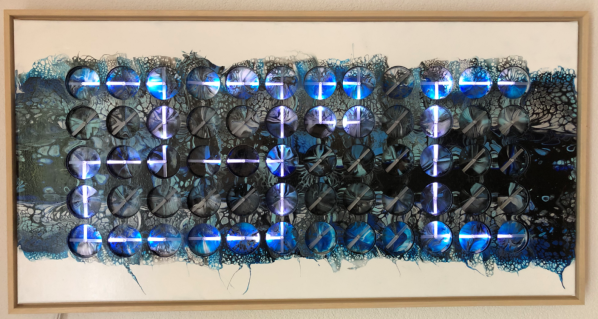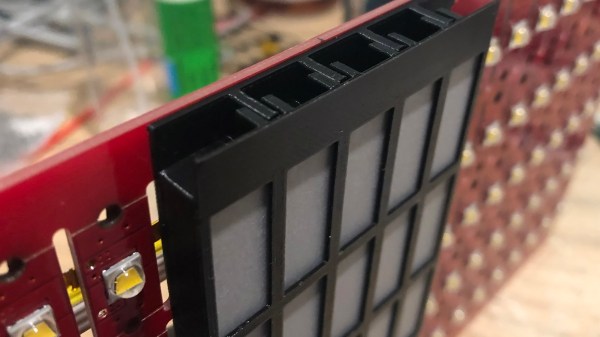Back in the early days of disco, filament bulbs were all the rage. Whether tungsten, halogen, or other obscure types, party lighting involved lots of watts and lots of heat. These days, the efficiency of LEDs makes everything a lot cheaper, lighter, and lower power. [Big Clive] decided to dive into a cheap moonflower-type disco light from China, replacing the insides along the way.

The light originally consisted of an 8×8 grid of LEDs, driven by shift registers for a simple chase effect. Surprisingly, the power supply and other hardware inside seemed to at least make an attempt to meet UK regulations. However, [Big Clive] had other plans, whipping up a replacement PCB packing 64 UV LEDs. The video is informative, showing how with a few simple passive components, it’s easy to drive these LEDs from mains without excessive circuitry required to step down to more usual DC voltages.
The final result is a neat UV grid light that would look excellent through some fog on the dance floor. We’ve seen [Big Clive]’s teardowns before, too – like this nefarious CAN bus interceptor found in a Mercedes. Video after the break.
Continue reading “Hacking A Cheap Disco Light For UV Effects”


